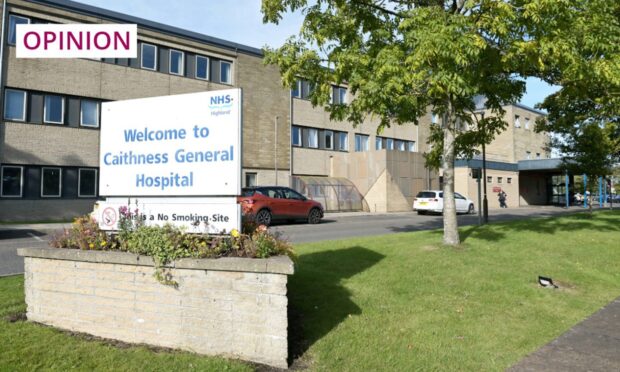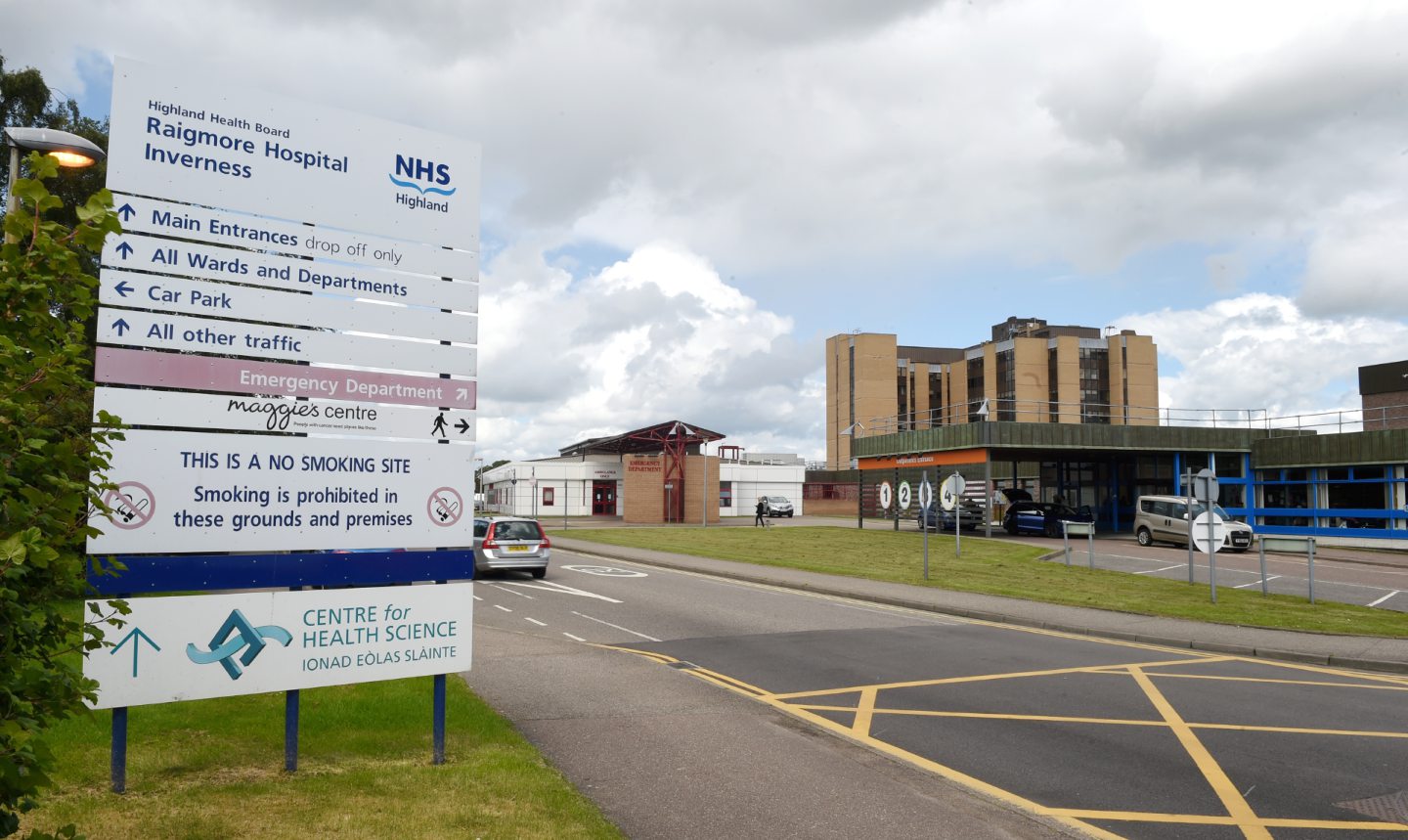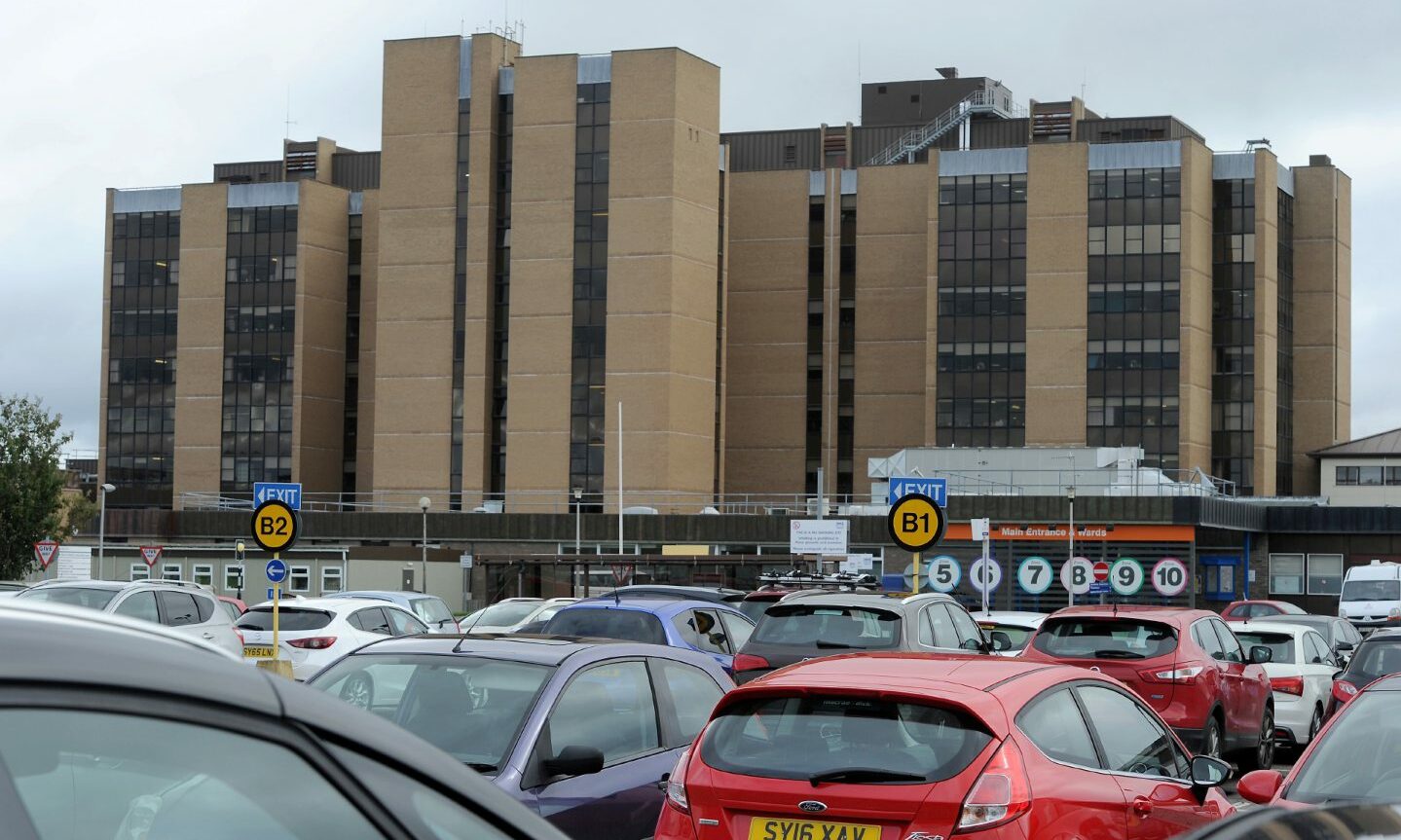In the winter of 2016, then chief executive of NHS Highland Elaine Mead was unable to travel the 102 miles from Inverness to Wick because weather conditions made the journey unsafe.
The irony was not lost on pregnant women and their partners in Caithness, particularly as, on the same day, at least one woman had no choice but to make the perilous journey to Raigmore Hospital in Inverness because of the downgrading of maternity services at Caithness General.
Despite ongoing campaigns by Caithness Health Action Team (CHAT) and some local politicians, the situation has not improved. Freedom of Information figures obtained by CHAT show the extent of the problem. Over 90% of pregnant women in Caithness have to travel to Inverness to give birth – over 200 each year.
The vast majority of these mothers have to make their own arrangements to travel more than 100 miles along a route that can be dangerous in winter and, as part of the North Coast 500, is often crowded with tourists and slow-moving traffic in summer. An additional risk, particularly on autumn and winter evenings, comes from deer on the road.
There have been instances where women have given birth before they reach Inverness. Imagine the fear, anguish and pain of having your baby in a lay-by on the A9 in the depth of winter.
Yet, NHS Highland continues to put these women and their babies at risk because of the lack of consultant-led maternity services in Wick.
Another consequence of the downgrading of maternity services has been that the vast majority of gynaecological appointments are now held in Inverness.
When consultant-led maternity services were removed from Caithness, NHS Highland said it was because of safety concerns, and many people assumed it was temporary. Eight years on, it is clear parents-to-be will be travelling to Inverness for the foreseeable future, with all the safety issues associated with long journeys on icy roads in winter.
Nor is it just most maternity and gynaecological services that have been centralised.
Driving over 200 miles in a day for a 10-minute appointment
According to CHAT, approximately 7,000 people from Caithness attend out-patient appointments at Raigmore every year, plus 600 young people who need orthodontic treatment. Many of these services used to be available in Caithness.
NHS Highland has introduced its “Near Me” initiative, whereby consultations can be held at a distance by phone or Zoom, but these are of no use when a health professional has to conduct a hands-on physical examination.
Public transport options are limited, with the train journey taking almost five hours, and bus times making it almost impossible for people to travel there and back on the same day. There is the added issue that the buses are sometimes unsuitable for those with disabilities.
I have also experienced being taken by ambulance from Wick to Inverness for emergency treatment not available locally, with every pothole (and there are plenty of them) increasing my discomfort
This leads to those who have cars driving over 200 miles in a day for an appointment that might only last 10 or 15 minutes, and those who don’t drive generally having to stay overnight in Inverness.
As someone with chronic conditions, I experience on a regular basis the wear and tear and the stress caused by having to travel to Inverness – or, occasionally, Dingwall – for appointments. I have also experienced being taken by ambulance from Wick to Inverness for emergency treatment not available locally, with every pothole (and there are plenty of them) increasing my discomfort.
The problems faced by Caithness residents will be replicated in other remote areas of the Highlands, such as north-west Sutherland and Skye.
NHS Highland is failing both patients and staff
The centralising of services at Inverness also has serious consequences for Raigmore Hospital itself. The car park is full most of the time, leading to drivers having to park on verges or on the roadside. Ambulances back up, and their crews often have to wait before their patients are taken into the hospital.
The waiting rooms, cafe and other public areas are crowded; staff are overworked and often overwhelmed, and there just isn’t enough space nor enough beds or staff to cope with the input of people living over 100 miles away.
Thousands of people each year having to drive from Caithness to Inverness isn’t good for the environment, thus increasing our carbon footprint.
If consultants were allowed to spend at least some of their time in Caithness and other remote areas, many of these problems would be quickly resolved.
In the past, NHS Highland has been accused of a culture of bullying. Hopefully, under new management, that culture is changing.
But, until more local services are restored to Caithness General, people living and working in the far north will continue to be treated as second-class citizens. Currently, NHS Highland is failing both its patients and its excellent staff who continue to provide first-rate care under difficult circumstances.
Kevin Crowe is a writer and former bookseller living in Wick, Caithness













Conversation